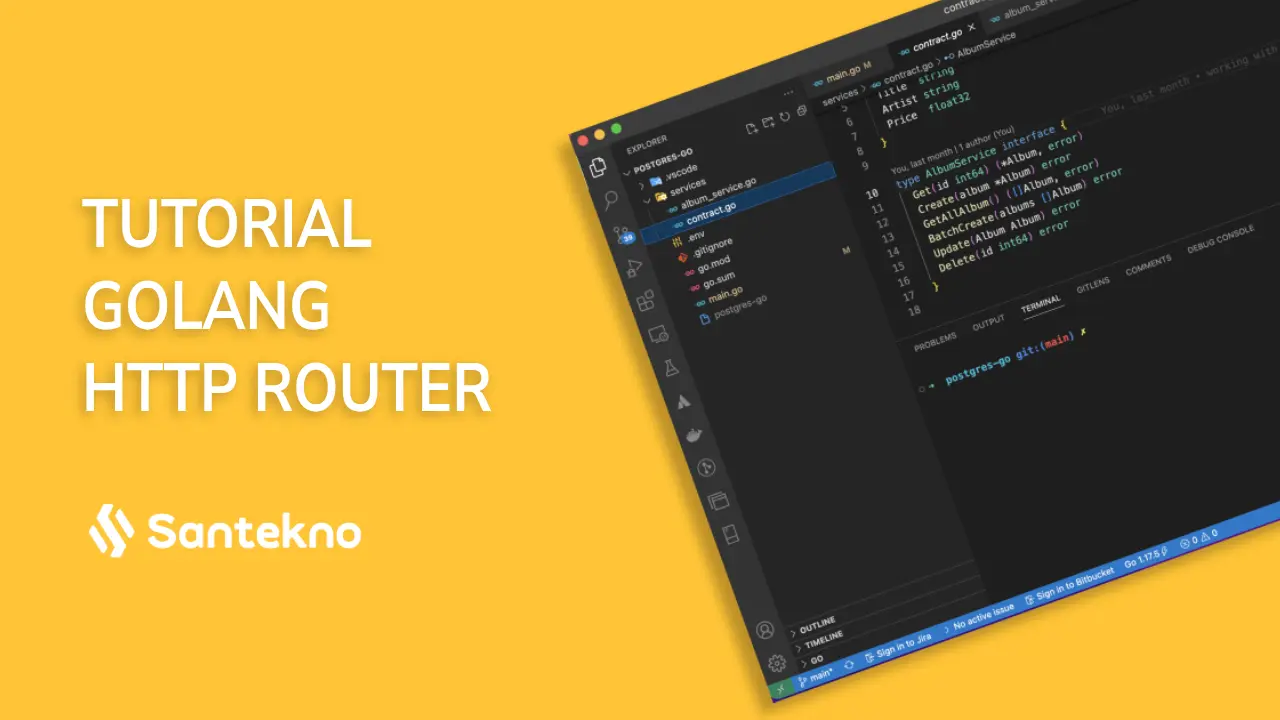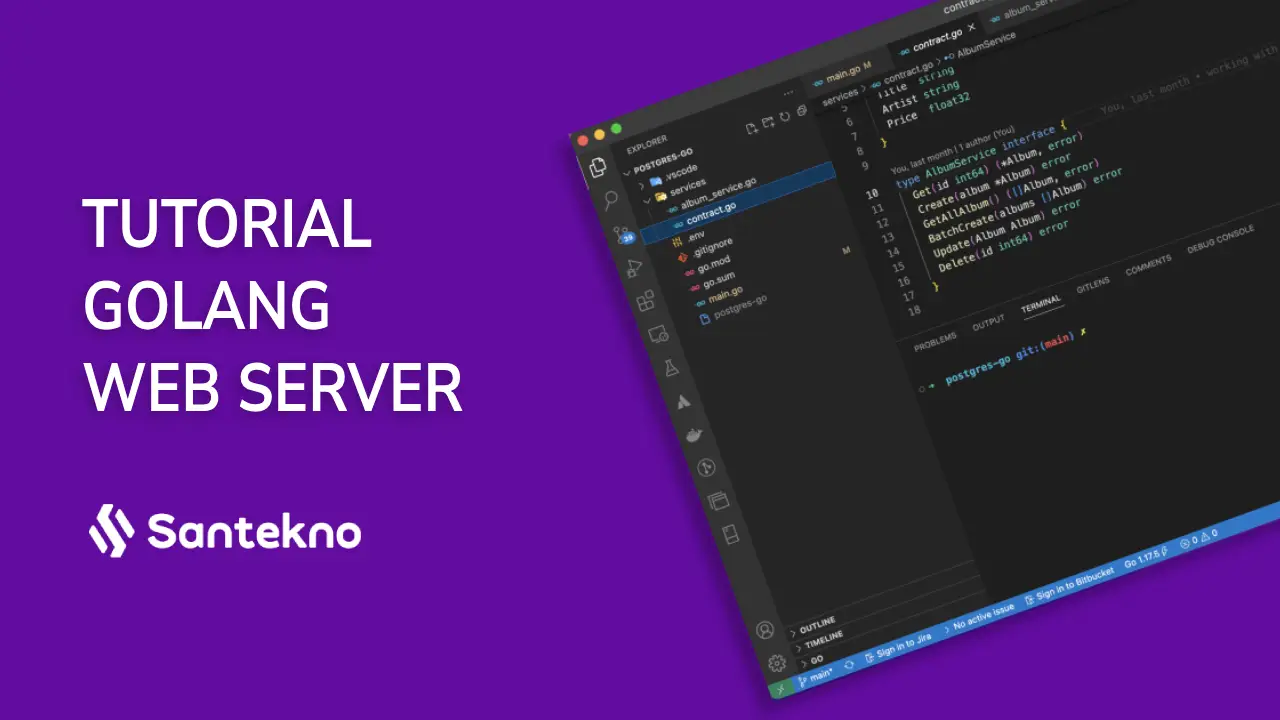#Web
59 articles

03 Learn About Route Pattern
Use of Named Parameter
The Pattern Router have a have a Pattern to handle http or web application for every endpoint has a parameter pattern in a URL and is often called a Named Parameter. Named Parameter is a pattern for creating parameters using names. Each parameter name begins with a colon : followed by the parameter name. For example, an example like the one below.

02 Learning About HTTP Router Params
Use of HTTP Router Params
The httprouter.Handle has an additional parameter, namely Params, which is used to store parameters sent from the client, but this Params is not a query for parameters but is a parameter from the URL. Sometimes we need to create URLs that are not fixed or can change, for example /product/1, /product/2 and so on.

01 Introduction HTTP Router
Introduction
HttpRouter is a popular open source library for HTTP Handler in Golang. This HttpRouter is famous for its speed and is very minimalist or simple because it only has features for routing, it doesn’t have any features other than that. If you want to see more details, you can visit the github here https://github.com/julienschmidt/httprouter

20 How to Understanding Routing Library in Golang
Routing Library
Golang actually provides ServeMux as a handler that can handle several endpoints or the term is routing. But most Golang programmers will usually use libraries to do this routing because ServeMux does not have advanced features such as path variables, auto binding parameters and middleware. So there are many other alternatives that we can use for routing libraries besides ServeMux.

19 How to Understanding HTTP Middleware in Golang
Middleware
In web creation, we often hear the concept of middleware or filter or interceptor which is a feature that we can add code to before and after a handler is executed.

18 How to Download File in Golang
Download Files
Apart from uploading files, we also need or need a page that can download files or something on our website. The Golang library provides FileServer and ServeFile. If we want to force the file to be downloaded without having to be rendered by the browser then we can use the Content-Disposition header. More details can be seen on this page https://developer.mozilla.org/en-US/docs/Web/Headers/Content-Disposition.

17 How to Upload File in Golang
Upload Files
Apart from receiving data input in the form of forms and query params, we usually also need data input in the form of files from our users. Golang actually already has this feature to handle file upload management. This makes it easier for us if we create a website that can accept file input.

16 How to Understanding HTML Web Redirect in Golang
Redirects
When we create a website, if the user accesses various pages randomly, the page will not be found. So we need to ‘redirect’ a page if the user performs an action on our website page. For example, after logging in, we will redirect to the dashboard page. Redirect itself is actually standard in HTTP and can be seen on the website page https://developer.mozilla.org/en-US/docs/Web/HTTP/Redirections. We only need to create a 3xx response code and add the destination location header. Luckily in Golang there is a function we can use to make this easier.

15 How to Understanding Web XSS (Cross Site Scripting) in Golang
Introduction to XSS (Cross Site Scripting)
XSS is one of the security issues that usually occurs when creating a website. XSS usually has security holes where people can deliberately enter parameters containing script or Javascript so that the website page can be rendered. The purpose of this XSS is to steal the browser cookies of users who are accessing the website and can cause user accounts to be taken over if we as website owners don’t handle it properly.

14 How to Understanding HTML Template Cache in Golang
Introduction to Cache Templates
In previous program codes that we have studied practically, they were not efficient. Why did it happen? because every time it is accessed it will call a function and describe the data sent into the template so the process requires high levels of execution. Every time the handler is called we will always re-parse the template. So ideally the template only performs parsing once at the beginning when the application is running, then only the template data is cached (stored in memory) so there is no need to access the data and do the parsing again so that the website we create can be faster.

13 How to Understanding HTML Template Function in Golang
Introduction to Function Templates
Apart from accessing fields in templates, we can also access functions or functions in Golang. The way to access a function is the same as accessing a field, but if the function has parameters then we can use additional parameters that are sent when calling the function in the template.

12 How to Understanding HTML Template Layout in Golang
Introduction to Layout Templates
When we create a website page, there are several parts that are always the same on each page, for example header and footer, so if there are parts that are the same it is recommended that they be saved in a separate template so that they can be used in other templates or sometimes we call them reusable. Now, this Golang template supports importing from other templates so we can use it to make website creation easier.